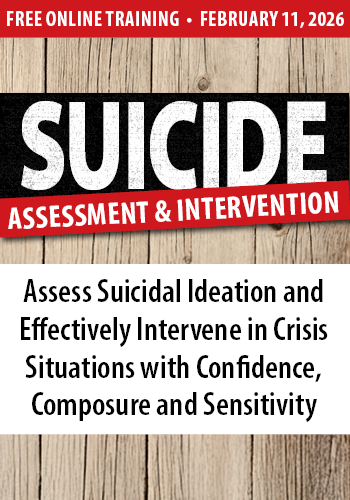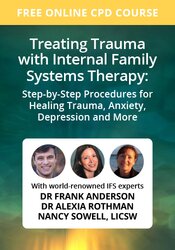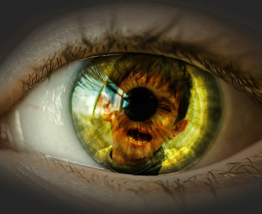Enrol in an online course today for flexible, self-paced learning—no fixed schedule required. Plus, enjoy lifetime access to course materials for convenient revisiting.
Schema Therapy for Trauma (1/5): What is Schema Therapy?

Schema therapy is a ‘third wave’ cognitive therapy that was developed by Dr Jeffrey Young in the Eighties to help those clients that the standard CBT model just could not reach. Young’s original model focused on clients with borderline personality disorder, proving highly effective with this hard-to-treat clinical population.
In the 30 years since its inception, the schema therapy model has been enhanced to treat a wide range of psychological problems, from ‘treatment-resistant’ depression and anxiety disorders to eating disorders and substance abuse. This series of five interlinked Friday posts will focus on the way that schema therapy is used to treat complex trauma.
What is schema therapy?
Young combined CBT, emotion-focused and experiential models such as Gestalt therapy, with psychodynamic approaches such as Object Relations and Attachment Theory, to create an integrative, transdiagnostic model. He identified 18 Early Maladaptive Schemas (EMSs) or schemas, for short. These schemas, such as Emotional Deprivation or Abandonment/Instability, develop when our ‘core needs’ are not met. These are developmental needs that all children have, regardless of culture or family structure:
- Secure attachments to others (includes safety, stability, nurturance and acceptance)
- Autonomy, competence and sense of identity
- Freedom to express valid needs and emotions
- Spontaneity and play
- Realistic limits and self-control
Schemas are neural networks that are triggered when we encounter stressful situations or events that remind us of painful experiences from early childhood, when schemas generally develop. When the schema is triggered we experience intense emotion, as well as distorted or unhelpful ways of thinking about and perceiving ourselves, others and the world. Schemas are also felt in the body, both in terms of painful affect such as anger or anxiety and a felt sense, which may be a somatic memory or flashback to traumatic experiences.
What is complex trauma?
Many of our clients think that trauma is caused by extreme, one-off experiences such as a physical or sexual assault, natural disaster or car accident. This is an acute or single-incident trauma, after which a small percentage (around 20 per cent) of people develop post-traumatic stress disorder (PTSD). Complex trauma involves a series of traumatic events, sustained over a period of time. However strong and resilient we may be, these experiences (such as physical, sexual or emotional abuse) overwhelm our resources and capacity to cope.
If these experiences occur when a child’s immature brain is growing and developing, we call it developmental trauma. Trauma may impede or derail key phases of growth for a child. And, in general, the earlier trauma occurs, the more damaging it is. Many of my clients experienced trauma, abuse or neglect from infancy onwards, so it’s not hard to imagine the impact of highly stressful experiences on the exquisitely sensitive mind, brain, nervous system and body of a baby or toddler.
How do we treat trauma with schema therapy?
Schema therapy emphasises an incremental, stage-based approach. First, it’s vital to create a sense of safety and trust for the client. Traumatised people are often highly wary and mistrustful – for good reason, if that trauma occurred at the hands of trusted caregivers.
With new clients, I spend time taking a detailed history, because I really want a fine-grained picture of their childhood, family structure, relationships with both parents, siblings and other family members, their experience of school, adolescence and romantic relationships.
In these early stages, I am attuning to the client and developing the signature schema therapy stance of ‘limited reparenting’, which means meeting those core needs that were not met in childhood – for example, helping them feel safe, protected or valued. I am also reparenting the Vulnerable Child mode inside them – the wounded, psychologically and developmentally immature part of the client that holds all of their painful schemas and emotions.
We also identify which schemas the person has and how severe they are; draw up a ‘mode map’ of their system of internal modes (similar to parts, or self-states); then use relational and experiential techniques, such as imagery and chair work, to heal those painful schemas. We may also work with specific traumatic incidents from the client’s life, to process and integrate dissociated memories or address PTSD symptoms like flashbacks or hyperarousal.

















